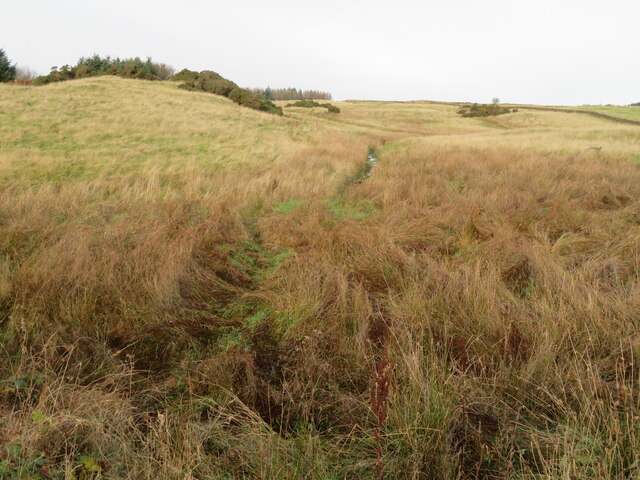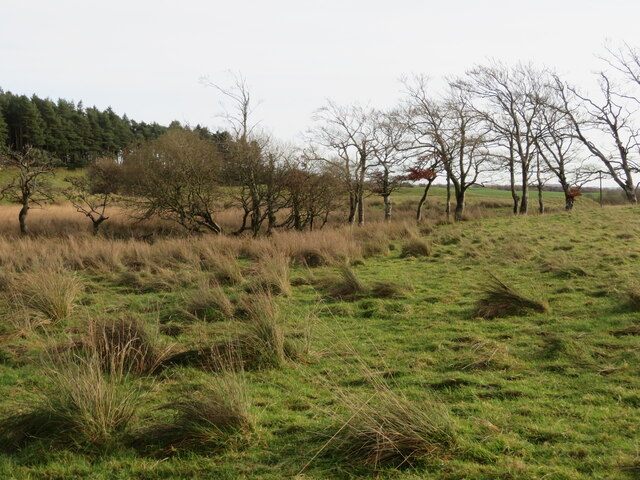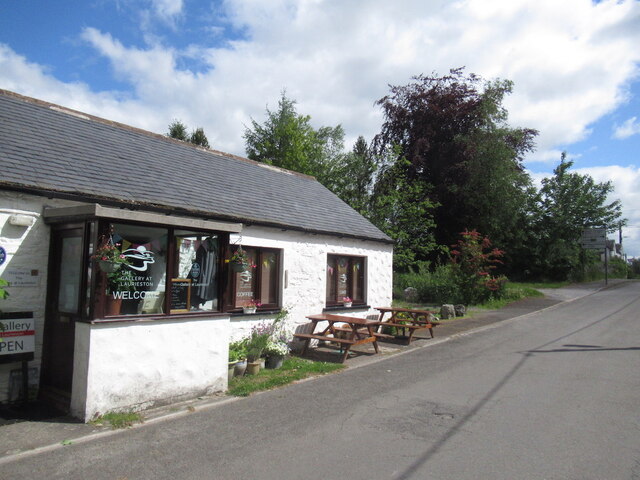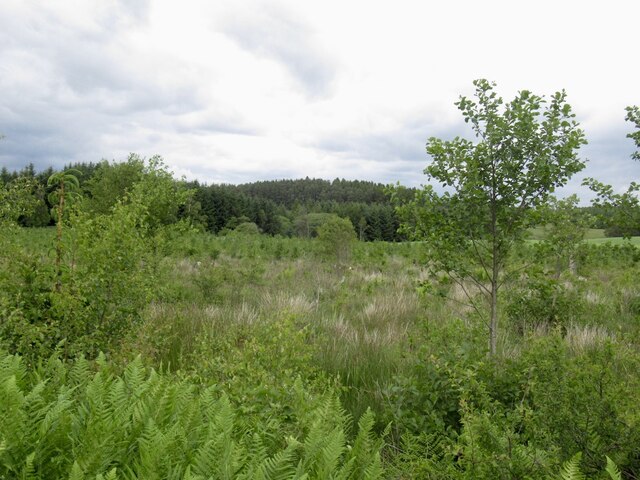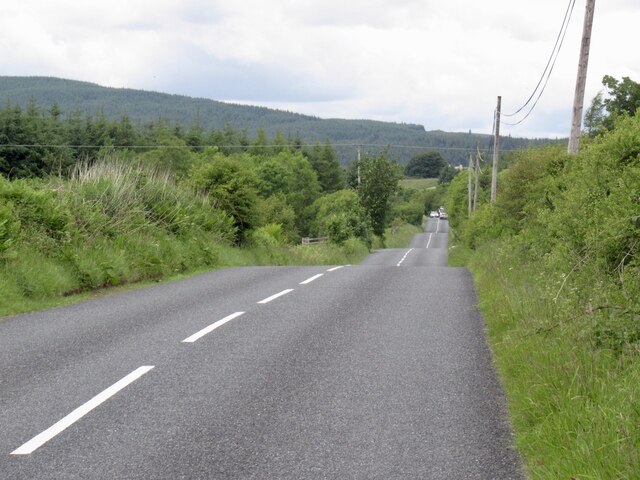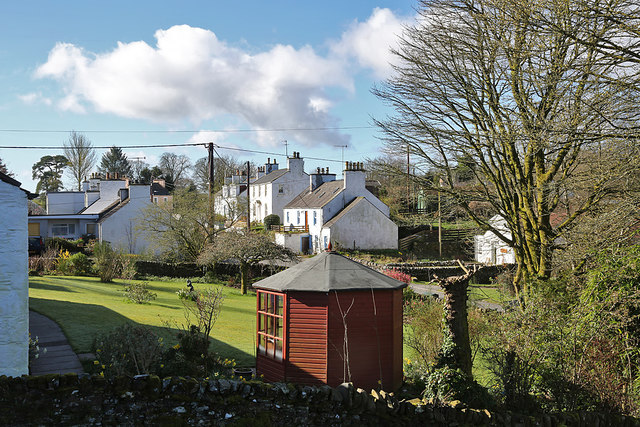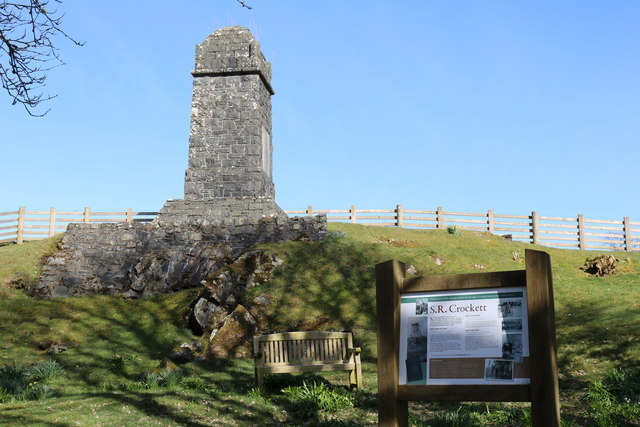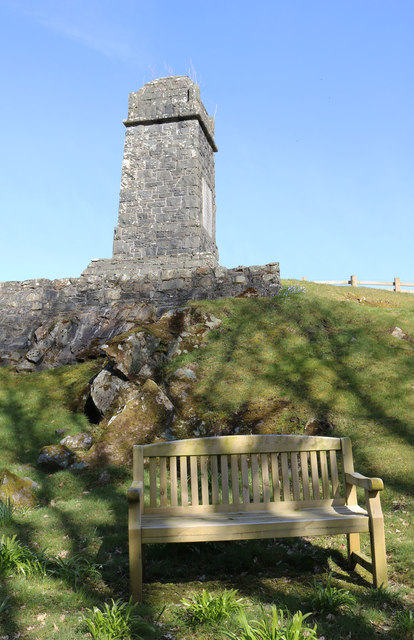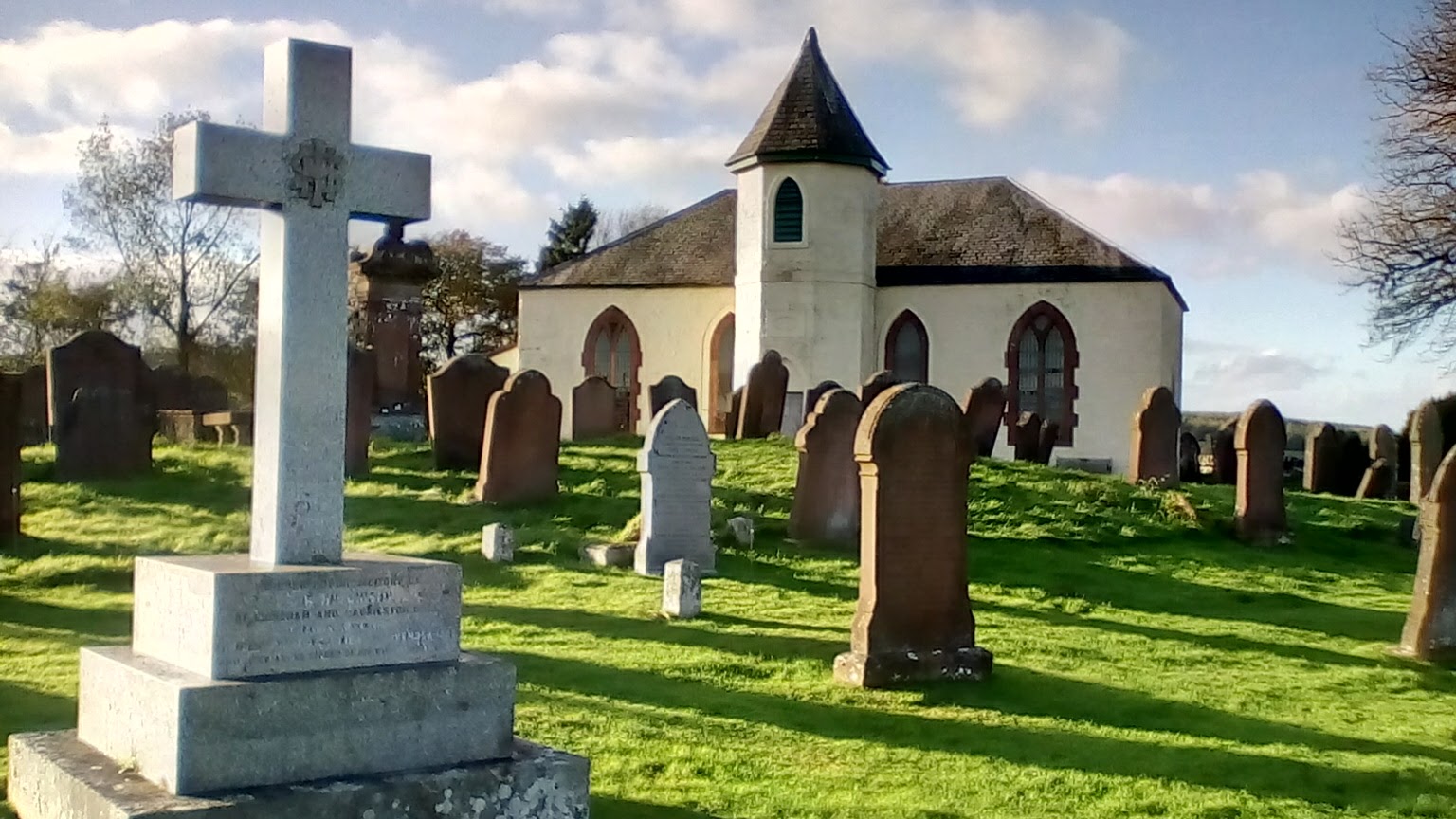Bellymack Moss
Downs, Moorland in Kirkcudbrightshire
Scotland
Bellymack Moss
![Bellymack Fields A large modern [post-2010] house on the B795 just east of Laurieston.](https://s3.geograph.org.uk/geophotos/07/03/04/7030495_5afb0445.jpg)
Bellymack Moss is a stunning area of downs and moorland located in Kirkcudbrightshire, Scotland. It is known for its natural beauty and diverse ecological features. The landscape of Bellymack Moss is characterized by undulating hills, heathland, and vast expanses of moss and peat bogs.
The moss itself is a prominent feature of the area, providing a unique habitat for a variety of plant and animal species. The moss is made up of thick layers of decomposed plant material, which create a spongy and waterlogged ground. This environment supports a range of rare and specialized plants, including sphagnum moss, bog cotton, and sundew.
The downs and moorland of Bellymack Moss are home to a diverse range of wildlife. The area is particularly renowned for its birdlife, with species such as curlews, lapwings, and red grouse being commonly spotted. The open landscape also attracts birds of prey, including kestrels and buzzards. Mammals such as red deer and mountain hares can also be found in the area.
Bellymack Moss offers a tranquil and peaceful setting for outdoor enthusiasts and nature lovers. It is a popular destination for hikers, birdwatchers, and photographers, who come to appreciate the unique and picturesque scenery. The area is also of scientific interest, as it provides valuable insights into the natural processes of peatland formation and the importance of conservation.
Overall, Bellymack Moss in Kirkcudbrightshire is a captivating and ecologically significant landscape, showcasing the beauty and diversity of Scotland's natural environment.
If you have any feedback on the listing, please let us know in the comments section below.
Bellymack Moss Images
Images are sourced within 2km of 54.962027/-4.0381183 or Grid Reference NX6964. Thanks to Geograph Open Source API. All images are credited.
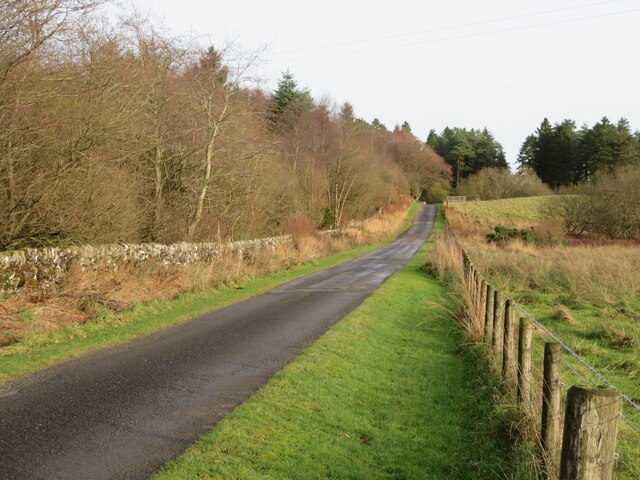
![Mum and Kid at red kite feeding station Red kites were once common scavengers around our cities, feeding on scraps and carrion. They were, however, persecuted in the 19C, wrongly thought to take lambs and game. By 1880 only a dozen or so remained in the UK, in valleys in mid-Wales. In 1989 a reintroduction programme was launched and 104 red kites were released in Galloway between 2001 and 2005. They are now well established and have bred since 2003 with increasing success, with 18 young fledging in 2003 to 104 in 2011, and from 4 to 58 nesting pairs over the same period. There are now about 320 in the area. They are encouraged by a feeding station near Laurieston at Bellymack Hill Farm, and large numbers can be seen and heard calling every day as they gather in the trees and wheel about making their whistling calls, waiting for the daily feed at 2pm [road kill and chicken]. For more information see the Galloway Kite Trail and RSPB links – <span class="nowrap"><a title="www.gallowaykitetrail.com" rel="nofollow ugc noopener" href="http://www.gallowaykitetrail.com">Link</a><img style="margin-left:2px;" alt="External link" title="External link - shift click to open in new window" src="https://s1.geograph.org.uk/img/external.png" width="10" height="10"/></span> and <span class="nowrap"><a title="www.rspb.org.uk/scotland" rel="nofollow ugc noopener" href="http://www.rspb.org.uk/scotland">Link</a><img style="margin-left:2px;" alt="External link" title="External link - shift click to open in new window" src="https://s1.geograph.org.uk/img/external.png" width="10" height="10"/></span>](https://s0.geograph.org.uk/geophotos/07/62/81/7628164_92a0e1e3.jpg)
Bellymack Moss is located at Grid Ref: NX6964 (Lat: 54.962027, Lng: -4.0381183)
Unitary Authority: Dumfries and Galloway
Police Authority: Dumfries and Galloway
What 3 Words
///property.shin.alternate. Near Castle Douglas, Dumfries & Galloway
Nearby Locations
Related Wikis
Balmaghie
Balmaghie ( bal-mə-GEE), from the Scottish Gaelic Baile Mhic Aoidh, is an ecclesiastical and civil parish in the historical county of Kirkcudbrightshire...
Glenlochar
Glenlochar (Gd: Gleann Lochair) is a hamlet on the western bank of the River Dee in the parish of Balmaghie in the historical county of Kirkcudbrightshire...
Crossmichael railway station
Crossmichael railway station served the village of Crossmichael, Kirkcudbrightshire, Scotland, from 1861 to 1965 on the Portpatrick and Wigtownshire Joint...
Crossmichael Parish Church
Crossmichael Parish Church is an ecclesiastical building in Crossmichael, Dumfries and Galloway, Scotland. It lies on a knoll, which was probably an ancient...
Abbey Yard
Abbey Yard is a location in Dumfries and Galloway, Scotland. Abbey Yard is near Glenlochar in the historical county of Kirkcudbrightshire in the Dumfries...
Crossmichael
Crossmichael (Scottish Gaelic: Crois Mhìcheil) is a small village on the east side of Loch Ken in the historical county of Kirkcudbrightshire, about 4...
Kirkcudbrightshire
Kirkcudbrightshire ( kur-KOO-brish-ər, -eer; Scots: [kərˈku(d)brəʃər]), or the County of Kirkcudbright or the Stewartry of Kirkcudbright is one of the...
Threave Castle
Threave Castle is situated on an island in the River Dee, 2.5 kilometres (1.6 mi) west of Castle Douglas in the historical county of Kirkcudbrightshire...
Nearby Amenities
Located within 500m of 54.962027,-4.0381183Have you been to Bellymack Moss?
Leave your review of Bellymack Moss below (or comments, questions and feedback).
